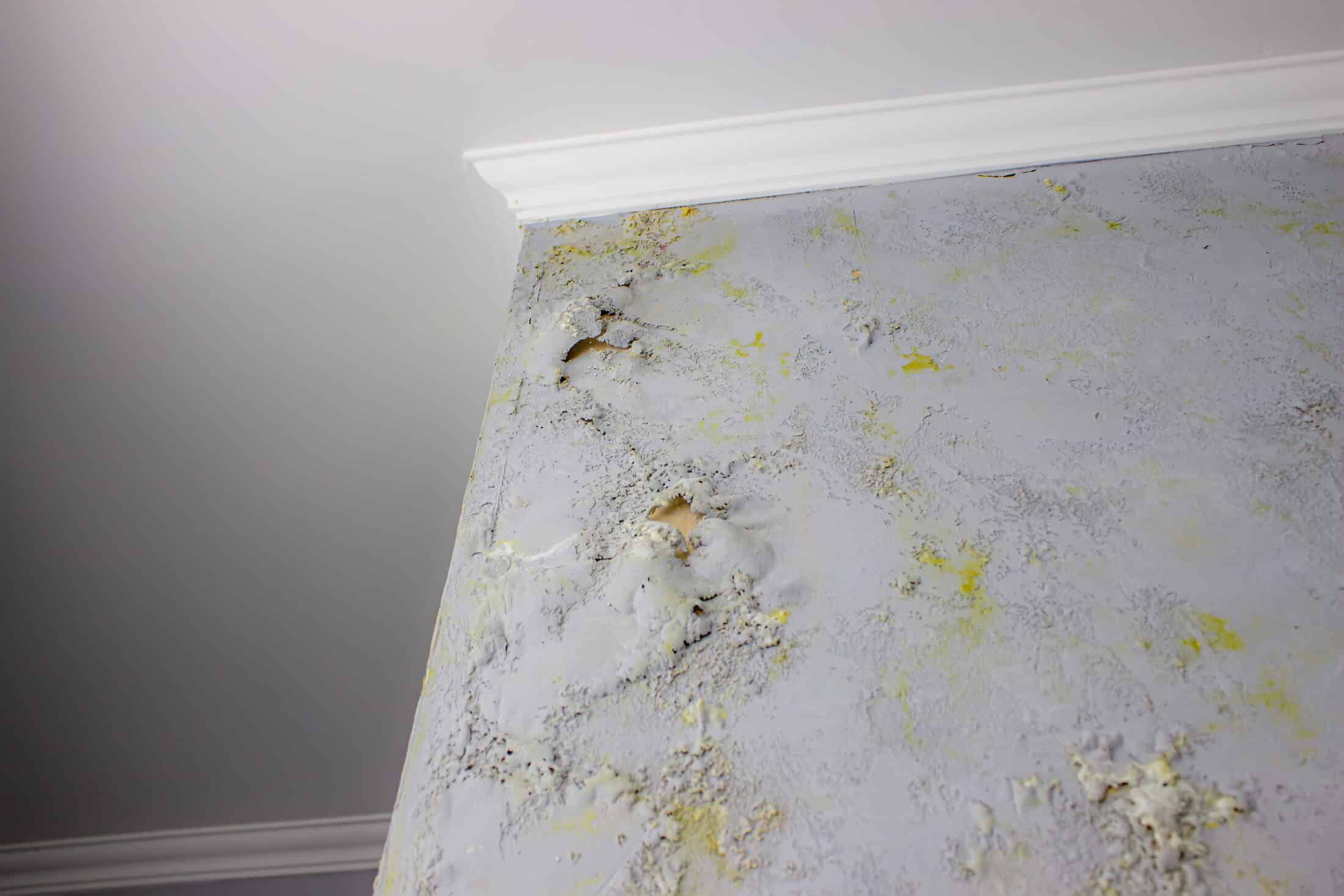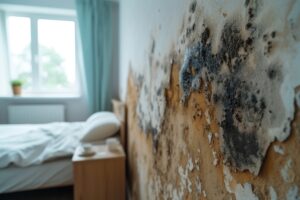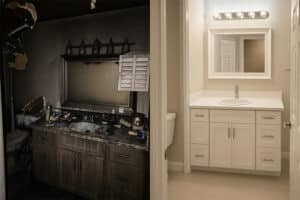Every year, between June and late September, Phoenix’s monsoon season transforms the desert landscape into a battleground of wind, rain, and dust. While these storms bring brief relief from summer heat, they also create havoc in your homes, leading to multiple incidents of water damage, flooding, and leakages. Unlike predictable winter precipitation, monsoon storms are intense, localized, and fast-moving. Downpours can overwhelm drainage systems, and high winds can damage roofs as well as exterior walls. For homeowners, the combination of heavy rainfall, aging infrastructure, and tenant occupancy density can escalate the effects of water damage, leading to costly repairs and operational disruptions.
Table of Contents
ToggleCommon Causes of Water Damage During Monsoon Season
For single-family and multifamily homes across Phoenix, water damage during monsoon season often stems from a few key issues:
- Roof Leaks
During severe storms, flat or low-slope roofs, which are typical in apartment buildings, may accumulate standing water. Water can enter the building through clogged drains, degraded membranes, or fractured flashing, causing damage to the ceiling, a loss of insulation, and possibly the formation of mold. - Failures of the External Envelope
Strong winds and heavy rains can penetrate through expansion joints, stucco cracks, and window seals. The drywall and building structure may be compromised by the retained moisture, posing long-term maintenance issues. - Foundation and Drainage Problems
Runoff and foundation pooling can result from abrupt, intense rainfall events that quickly saturate the arid soil. Inadequate drainage systems can cause water to flow towards structures, raising the possibility of seepage. - HVAC Condensation and Line Backups
HVAC systems often operate longer hours when humidity levels are high. Water damage may result from the clogging and blocking of drip pans.
These concerns can cause business interruptions, displaced tenants, and a bad name in the real estate market, affecting long-term asset performance.
Effective Preventive Measures for Water Damage
Preventing water damage in your home requires a comprehensive and proactive approach that balances preventive maintenance with rapid response readiness. Key strategies include:
- Routine Roof and Gutter Inspections
Conduct regular pre-monsoon roof checks for cracks, clogged drains, and wear and tear. Regular cleaning and maintenance help reduce incidents of water leakage and damage. - Seal and Caulk Building Envelopes
Check for deteriorated seals on window frames, doors, and joints. During wind-driven storms, high-quality, weather-resistant caulking aids in preventing water penetration. - Maintain Trees
While trees around your house add a dash of greenery, it is essential to maintain them. Make sure the branches are trimmed regularly, and they are at least ten feet away from your roof to help reduce the chances of roof damage. - Grading and Foundation Maintenance
Take precautions to divert runoff away from the foundation. - Moisture Control and Ventilation
Ensure adequate ventilation in closed areas such as gyms, kitchens, and storage areas. - Seasonal HVAC and Plumbing Maintenance
Frequent maintenance stops backups in condensation lines and finds leaks before they get out of hand. Tenants should be urged to report water problems as a way to prevent extensive damage.
With regular maintenance, you can help preserve your property value and increase tenant satisfaction.
Importance of Professional Water Damage Restoration
Despite preventive measures, intense monsoon storms are capable of overloading building systems. When and if it happens, prompt and professional relief is necessary to minimize losses and restore occupancy.
Working with a professional water damage restoration service allows mitigation to extend beyond surface drying. Infrared imaging, moisture mapping, and structural drying equipment are employed by certified technicians to identify and remove concealed dampness within walls and subfloors. Instant emergency water cleanup prevents mold colonization, which can occur within 24 to 48 hours.
Furthermore, choosing a trustworthy restoration firm like Renu also offers mold remediation services that are compliant with IICRC standards to maintain indoor air quality and mitigate long-term building material deterioration. Whether it’s regular inspections, emergency water cleanup, or partnering with a certified water damage and mold removal company in Phoenix, protective steps on time can help keep your home secure, resilient, and functional.
#WaterDamageinPhoenix #WaterDamageRestoration #WaterDamageCleanup #MoldRemoval #PropertyRestorationCompany #ApartmentContractors #WaterDamage #PhoenixRestorations #PropertyDamageRestorationServices #PhoenixMonsoon







